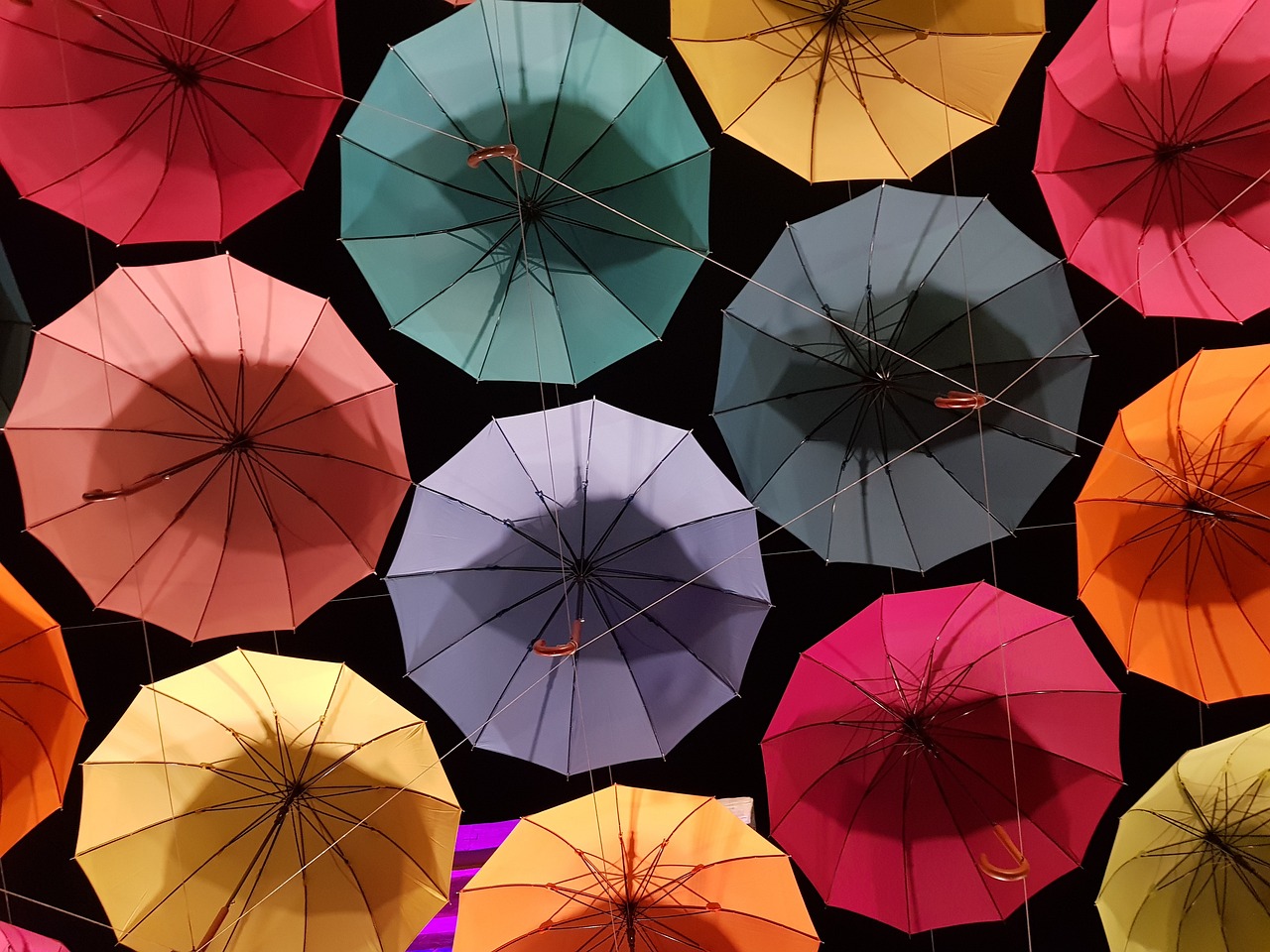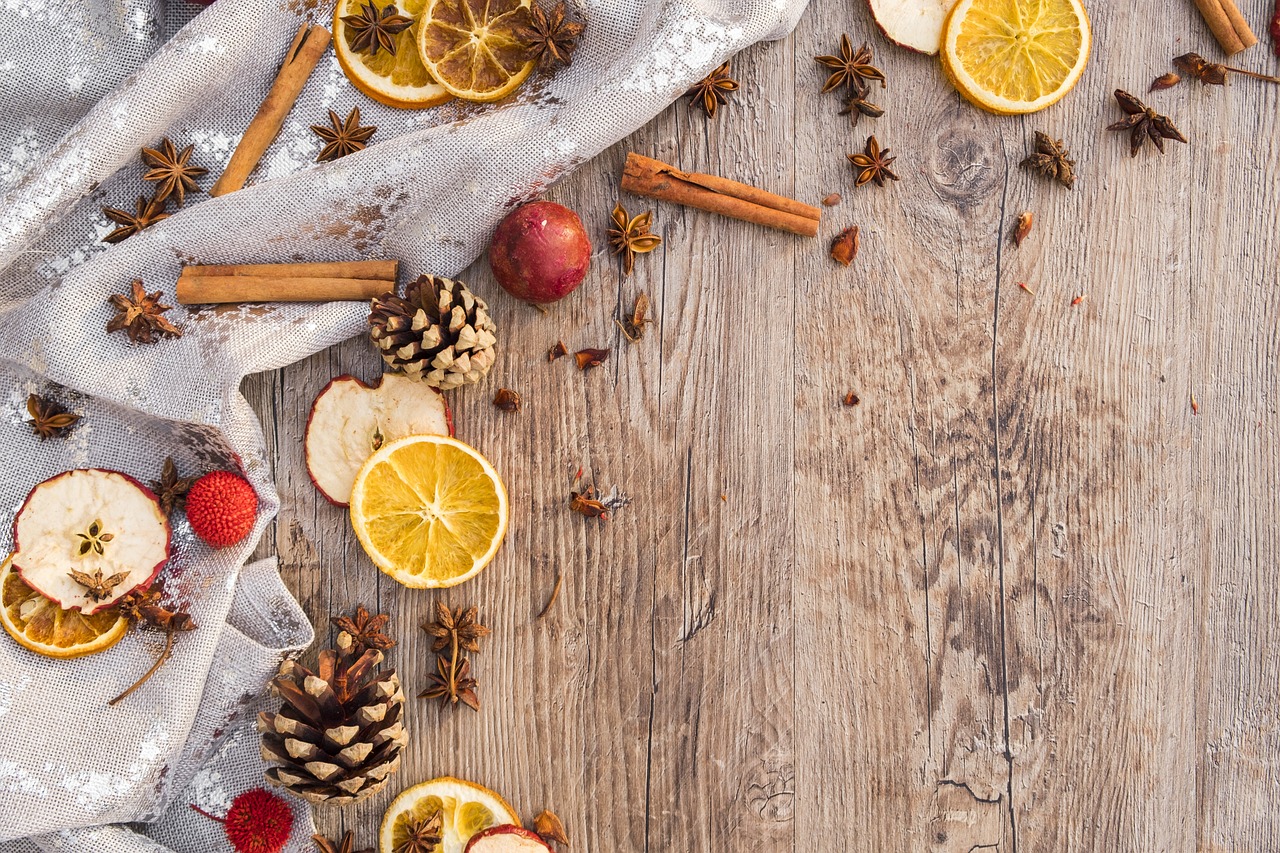Table of Contents
In the world of perfumery, where the art of capturing elusive scents is akin to bottling memories, cultural influences play a profound and evocative role. Fragrances have the remarkable ability to transport us to different times and places, immersing us in the essence of diverse cultures and traditions. In this exploration, we delve into the captivating world of perfumes shaped by cultural influences, where scents become the bearers of heritage and tradition.
In the intricate world of perfumery, the creation of fragrances is an art form that extends beyond the mere blending of aromatic ingredients. It’s a journey through time and across continents, where cultural influences intertwine to produce olfactory masterpieces that transcend boundaries. Let’s embark on a deeper exploration of the captivating interplay between fragrances and culture:
The Olfactory Time Machine: Perfumery is often likened to a time machine, capable of transporting us to different epochs and locales. Each scent note is a chapter in the story of human history, offering a sensory connection to the past. Whether it’s the exotic spices of the Silk Road, the floral gardens of ancient Persia or the aromatic bazaars of Marrakech, fragrances serve as gateways to cultures long gone and experiences yet to be had.
Cultural Symbols in a Bottle: Perfumers are modern-day alchemists, distilling the essence of cultural symbols and traditions into fragrant elixirs. A single whiff of incense might evoke the tranquility of a temple in Kyoto, while the sweet notes of saffron and rose transport us to the heart of Indian celebrations. These scents encapsulate the spirit and symbolism of cultures, making them accessible to all.
Heritage and Identity: For many cultures, fragrances are integral to their identity and heritage. Indigenous ingredients, traditional methods and ancient recipes continue to be preserved and cherished. The scents of these cultures are not just personal adornments but also carriers of a rich legacy, passed down through generations.
Global Fusion: In our interconnected world, perfumery is a melting pot of global influences. Perfumers draw inspiration from diverse cultures, resulting in fragrances that are richly layered and multifaceted. These blends reflect the beauty of cultural exchange and celebrate the universal language of scent.
Evoke and Educate: Beyond their aesthetic appeal, culturally influenced perfumes have the power to educate and bridge gaps of understanding. They allow us to appreciate the customs, rituals and histories of different societies. In a world that can sometimes feel divided, these fragrances serve as reminders of our shared human experience.
In conclusion, the world of perfumery is a testament to the enduring connection between scent and culture. It’s a journey of exploration and appreciation, where fragrances become more than mere accessories; they are conduits of heritage, traditions and the rich tapestry of human civilization. With each spray, we engage in a sensory dialogue with cultures both near and far, a testament to the unifying power of scent in a diverse and interconnected world.
For a comprehensive look at this subject, we invite you to read more on this dedicated page: Influence of Fragrances on Human Psychophysiological Activity …
The Aromatic Tapestry of Culture
Fragrance has always held a significant place in human history, deeply intertwined with cultural practices and traditions. Across the globe, each culture has its unique olfactory language, a symphony of scents that tell stories of rituals, celebrations and everyday life. Whether it’s the smoky incense of a Japanese temple, the rich spices of an Indian bazaar or the fresh florals of a French countryside, fragrances serve as cultural signatures.
The tapestry of human history is woven with threads of fragrance, each scent a chapter in the story of our shared cultural heritage. From the dawn of civilization to the modern age, fragrances have played a pivotal role in shaping our customs and traditions and they continue to serve as powerful vessels of cultural expression.
In every corner of the globe, diverse cultures have nurtured their unique olfactory languages. These are not merely scents but symphonies of aromas that convey the essence of rituals, celebrations and everyday life. They encapsulate the very soul of a culture, resonating with its history, values and aspirations.
Consider the ethereal and meditative ambiance of a Japanese temple, where the air is suffused with the smoky tendrils of incense. This delicate yet profound fragrance, known as “kōdō,” is not just a sensory experience but a spiritual practice. It’s a bridge between the earthly and the divine, a testament to the reverence for tradition and the pursuit of inner harmony.
In the bustling markets of India, where vibrant spices mingle in the air, the olfactory landscape is a vibrant tapestry of life. Here, fragrances like cardamom, saffron and cinnamon aren’t merely culinary ingredients; they’re threads in the cultural fabric, woven into dishes that celebrate the richness of tradition and the joy of communal feasting.
Traveling to the serene countryside of France, the air is scented with the fresh blossoms of lavender, jasmine and rose. These delicate and evocative florals are not just nature’s adornments but integral to the art of French perfumery. They encapsulate the elegance and refinement of French culture, an olfactory embodiment of the country’s passion for beauty and aesthetics.
Fragrances, in essence, serve as cultural signatures, leaving an indelible mark on our memories and identities. They accompany us through the milestones of life, from birth to marriage and offer comfort in times of sorrow. They’re an integral part of our stories, enriching our shared human experience.
Moreover, fragrances have the remarkable ability to transcend language barriers. A whiff of a familiar scent can instantly transport us to the heart of a culture, even if we’ve never set foot on its soil. It can evoke a sense of nostalgia, a longing for a place we’ve never been but know intimately through its fragrance.
In today’s interconnected world, the appreciation of diverse fragrances and their cultural significance is a testament to our shared humanity. It’s a reminder that while our languages, traditions and landscapes may differ, the universal language of scent unites us in a sensory journey that celebrates the beauty and richness of our global tapestry of cultures.
Should you desire more in-depth information, it’s available for your perusal on this page: Saffron Perfume- Odor, Properties, Distillation and History …

Ancient Roots and Modern Expressions
Cultural influences on fragrance often draw from centuries-old traditions. Perfumers and artisans meticulously study the aromas and ingredients native to specific regions and communities, paying homage to their ancient roots. These fragrances become living legacies, capturing the essence of generations past.
For example, the use of agarwood (oud) in Middle Eastern perfumery harks back to ancient traditions and is highly prized for its deep and woody aroma. Similarly, traditional Chinese perfumery features the delicate scent of osmanthus flowers, which have been cherished for their association with love and romance for centuries.
Cultural influences on fragrance serve as a captivating bridge between the past and the present, weaving together the threads of history, tradition and olfactory artistry. Perfumers and artisans embark on journeys through time and geography, meticulously studying the aromas and ingredients indigenous to specific regions and communities. In doing so, they not only craft exquisite scents but also pay homage to the enduring legacies of these ancient traditions.
These fragrances become more than just pleasing aromas; they are living testaments to the rich tapestry of human heritage. They possess the remarkable ability to transport us through time and space, allowing us to experience the essence of generations long gone. Each bottle holds a story, an ancestral whisper that transcends the boundaries of language and time.
One notable example of this phenomenon can be found in the Middle Eastern perfumery tradition, where the use of agarwood, commonly known as oud, takes center stage. Oud has been a cherished and prized ingredient for centuries, its deep and woody aroma serving as a symbol of luxury and spirituality. Its roots trace back to ancient traditions where it was burned as incense during religious ceremonies. Today, oud fragrances continue to evoke the mystique and cultural richness of the Middle East, paying homage to a history that has been fragrantly preserved.
Similarly, traditional Chinese perfumery beckons us with the delicate scent of osmanthus flowers. These blossoms have been revered for their association with love and romance for centuries, symbolizing purity and eternal devotion. Their fragrance is not only a reflection of China’s natural beauty but also a reminder of the enduring themes of love and longing that have resonated throughout Chinese history and literature.
Cultural influences on fragrance go beyond mere scents; they offer a glimpse into the soul of a people, a culture and a heritage. These fragrances are not just commodities; they are gateways to the stories of our ancestors, whispers of wisdom passed down through the ages. They remind us that the world of scent is a rich mosaic where each note and ingredient carries a piece of history and every spritz is an opportunity to connect with the beauty and profundity of human culture.
Don’t stop here; you can continue your exploration by following this link for more details: SCAD-Course-Descriptions-info.pdf

Celebrating Cultural Diversity
In our increasingly interconnected world, fragrances have become bridges between cultures. Perfumers embrace this diversity, creating scents that celebrate the rich tapestry of global traditions. This cross-cultural pollination leads to the creation of captivating fusion fragrances that resonate with people from all walks of life.
Consider the fusion of Moroccan spices with European florals, resulting in a fragrance that captures the essence of both cultures in a harmonious blend. These fragrances serve as a testament to the beauty of cultural exchange and understanding.
In our increasingly interconnected world, fragrances have become bridges between cultures like never before. Perfumers have not only recognized the richness of this cultural diversity but have wholeheartedly embraced it, resulting in a captivating phenomenon where scents serve as ambassadors of global traditions. This cross-cultural pollination has given birth to an exciting array of fusion fragrances that resonate with people from all walks of life.
A Fragrant Celebration of Diversity
The beauty of fragrance lies in its ability to transcend linguistic and geographic barriers. It has become a universal language of the senses, allowing individuals from diverse backgrounds to connect with one another through shared olfactory experiences. Perfumers, cognizant of this unique power, have taken up the mantle of celebrating cultural diversity through scent.
Fusion Fragrances: The Best of Both Worlds
Fusion fragrances exemplify the harmonious blending of aromas and cultural elements from disparate parts of the world. These scents are not only a testament to the artistry of perfumers but also a celebration of the beauty that emerges when different cultures intersect. Consider, for instance, a perfume that marries the warm and spicy notes of Moroccan spices with the delicate and romantic aroma of European florals. In this fusion, you find the essence of both cultures interwoven seamlessly, creating a fragrance that’s as unique as it is universally appealing.
Cultural Exchange and Understanding
Fusion fragrances represent more than just an artistic endeavor; they symbolize the very essence of cultural exchange and understanding. When perfumers draw inspiration from diverse traditions, they engage in a dialogue that goes beyond words. They pay homage to the shared human experience and the interconnectedness of our world.
Moreover, these fragrances often come with stories that honor the roots from which they draw inspiration. They provide a glimpse into the history, rituals and values of different cultures, fostering empathy and appreciation among those who wear them. In a time when cultural exchange is more crucial than ever, fusion fragrances serve as a bridge of empathy, promoting unity in diversity.
A Fragrant Future
As our world continues to shrink through globalization and digital connectivity, the fusion of cultures through fragrance is poised to become even more influential. Perfumers are constantly seeking new sources of inspiration, opening doors to uncharted olfactory territories. This trend not only enriches the perfume industry but also contributes to the broader tapestry of cultural appreciation and respect.
In essence, the creation of fusion fragrances stands as a testament to the beauty of cultural exchange and understanding. It reminds us that, in our shared human experience, there is a wealth of traditions waiting to be explored and celebrated. These scents are more than just perfumes; they are ambassadors of cultural diversity and the universal language of fragrance that brings us all together.
You can also read more about this here: Senses of place: architectural design for the multisensory mind …

Preserving and Reviving Traditions
In some cases, fragrances are not just inspired by culture but actively contribute to its preservation. Artisans and perfumers in various regions work to revive and sustain traditional scent-making practices that are in danger of fading away. By creating markets for these unique fragrances, they provide economic opportunities for local communities and ensure the survival of cultural traditions.
The symbiotic relationship between fragrances and culture goes beyond mere inspiration; it can be a powerful force for the preservation and revitalization of endangered cultural practices. Artisans and perfumers in various corners of the world are not just creating scents; they are acting as custodians of tradition, breathing new life into age-old scent-making practices. Here’s an in-depth exploration of how fragrances actively contribute to the preservation of culture:
Cultural Revival Through Scents: Fragrance artisans often delve into the cultural archives of their regions, seeking to revive fragrances that hold historical and cultural significance. These scents might be tied to ancient rituals, religious ceremonies or traditional healing practices. By recreating these fragrances, artisans help resurrect cultural memories and traditions that were at risk of being forgotten.
Safeguarding Cultural Heritage: Many traditional scent-making practices were on the verge of extinction due to the advent of mass-produced fragrances. However, by actively engaging in the preservation of these practices, artisans serve as guardians of cultural heritage. They document recipes, techniques and stories that might otherwise have been lost to time.
Economic Empowerment: The revival of traditional scent-making can have a profound impact on local communities. By creating markets for these unique fragrances, artisans provide economic opportunities for local producers and cultivators of aromatic ingredients. This infusion of income helps sustain livelihoods and supports communities that have often been marginalized.
Sustainable Practices: In many cases, traditional scent-making practices are inherently sustainable. Artisans often rely on locally sourced, natural ingredients, promoting biodiversity and sustainable agriculture. This approach aligns with modern eco-consciousness and can serve as a model for sustainable practices in fragrance production.
Preservation of Rare Ingredients: Fragrance artisans often champion the cultivation and preservation of rare and endangered aromatic plants. By creating demand for these ingredients, they incentivize their cultivation, thereby protecting these valuable botanical resources from extinction.
Education and Cultural Exchange: The process of reviving traditional scents involves a deep dive into cultural history and heritage. Artisans become educators, sharing the stories, knowledge and significance of these fragrances with a global audience. This fosters cultural exchange and appreciation.
Cross-Cultural Collaboration: Fragrance artisans sometimes collaborate with perfumers from different regions, leading to cross-cultural pollination of ideas and scents. These collaborations can result in innovative fragrances that bridge cultures and bring the beauty of diverse traditions to a wider audience.
In conclusion, fragrances have the remarkable capacity to actively contribute to the preservation of culture. Artisans and perfumers who dedicate themselves to reviving traditional scents play a vital role in safeguarding cultural heritage, providing economic opportunities and promoting sustainable practices. Through their work, they ensure that the essence of culture is not lost but celebrated, shared and perpetuated, ensuring that future generations can continue to savor the rich tapestry of scents that define our world.
Looking for more insights? You’ll find them right here in our extended coverage: The people trying to save scents from extinction – BBC Future

Cultural influences on fragrance are a testament to the power of scent in shaping our perceptions and memories. They remind us that our world is a symphony of aromas, each one carrying the weight of history, tradition and identity. As we explore and appreciate the scents that capture culture, we not only enrich our own lives but also contribute to the preservation and celebration of diverse traditions.
Fragrances that honor culture are more than just olfactory delights; they are a testament to the enduring legacy of human creativity and the indelible mark that our heritage leaves on our senses. As we continue to explore these scents, we find ourselves on a fragrant journey of discovery, connecting with traditions that have shaped societies for centuries.
For additional details, consider exploring the related content available here The Deep South’s Interesting History with Fragrance – Deep South …
More links
For a comprehensive look at this subject, we invite you to read more on this dedicated page: Influence of Fragrances on Human Psychophysiological Activity …
